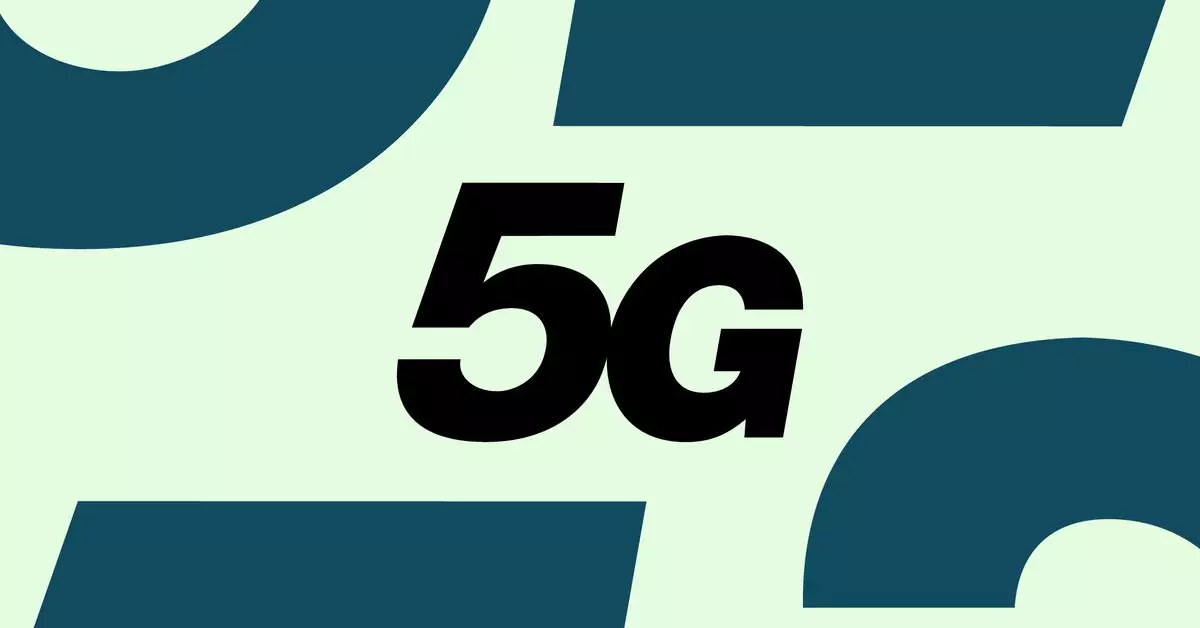In the evolving landscape of mobile communications, the introduction of RedCap, or Reduced Capability, marks a significant milestone. As both T-Mobile and AT&T prepare to launch devices powered by this innovative 5G specification, a new paradigm for Internet of Things (IoT) devices is beginning to take shape. RedCap is essentially designed for low-bandwidth applications, making it particularly suitable for a range of devices, from wearables to low-power sensors. This redefinition of 5G, often referred to as NR-Light, could simplify the manufacturing of smart devices while enhancing their energy efficiency.
The strategic move towards adopting RedCap is anticipated to result in more economically viable cellular-connected products. For example, costly high-performance antennas will no longer be a prerequisite for devices like smartwatches or augmented reality glasses, allowing for a deeper penetration of 5G technology across various consumer electronics. The application of RedCap promises not only cost reduction but also potentially longer battery life for users, particularly appealing in today’s tech-savvy marketplace.
While the anticipation around RedCap is palpable, the timeline for the rollout of devices utilizing this technology is particularly noteworthy. According to sources from Fierce Wireless, AT&T is set to debut its first NR-Light-enabled devices in 2025, a move that suggests a significant investment in future-proofing its network. Meanwhile, T-Mobile is racing ahead, planning to introduce a device utilizing this specification before the end of the current year.
Despite the excitement, details surrounding what these initial devices will entail remain sparse. However, AT&T’s AVP of device architecture, Jason Silkes, has indicated that early entrants may include affordable mobile hotspots and USB dongles. Recently, TCL announced its own 5G USB dongle, the TCL Linkport IK511, indicating that manufacturers are gearing up for this transition. It’s clear that the connectivity landscape is shifting, and both companies are positioning themselves strategically to capitalize on this trend.
The advent of RedCap presents an opportunity not just for telecommunications companies but for the entire IoT ecosystem. By facilitating the development of devices that require less power and can operate efficiently with lower bandwidth, RedCap could accelerate the proliferation of IoT devices across both consumer and industrial segments. This accessibility could lead to more widespread adoption of smart systems in homes, cities, and industries, enhancing automation and connectivity.
Moreover, there’s speculation that the integration of Qualcomm’s Snapdragon X35 modem in these upcoming devices will further enhance performance and capabilities. By bridging the existing gap between traditional 5G applications and IoT requirements, RedCap paves the way for a more interconnected and smarter future.
As anticipation builds, all eyes will be on the upcoming Consumer Electronics Show (CES) in early 2024, where more details about RedCap and its applications are expected to be unveiled. The journey toward a fully realized IoT ecosystem is unfolding, and RedCap stands at the forefront, ready to transform the way consumers interact with technology. With significant developments on the horizon, the race toward a more integrated and efficient 5G landscape is just beginning, promising an exciting evolution in the tech world.

